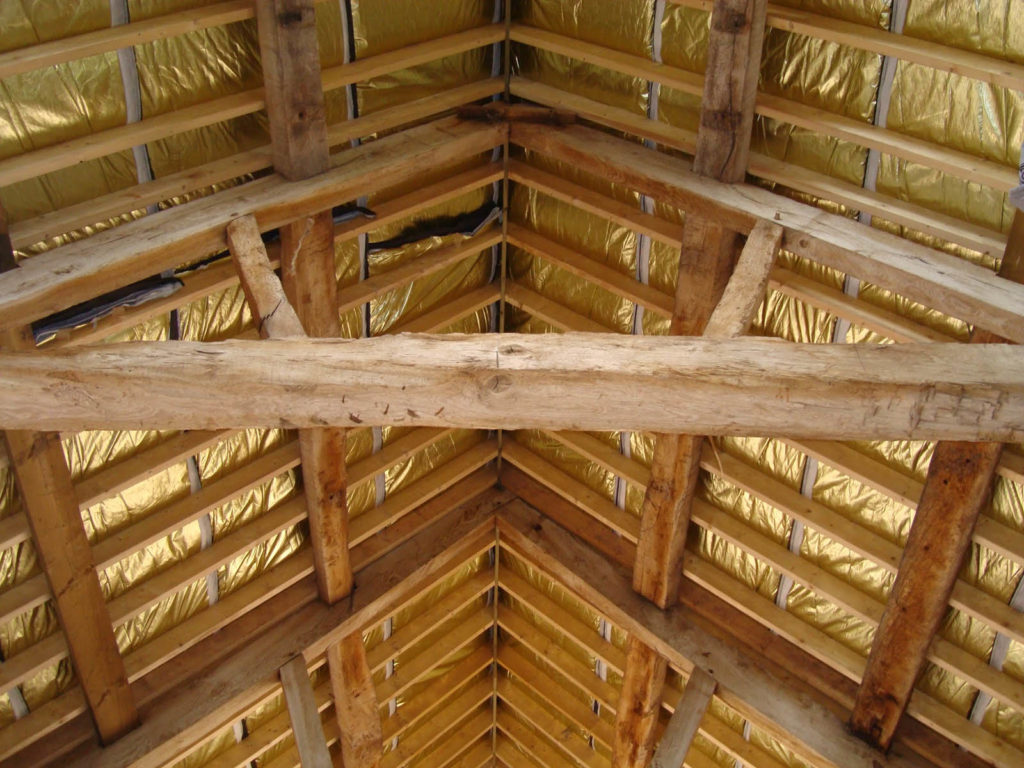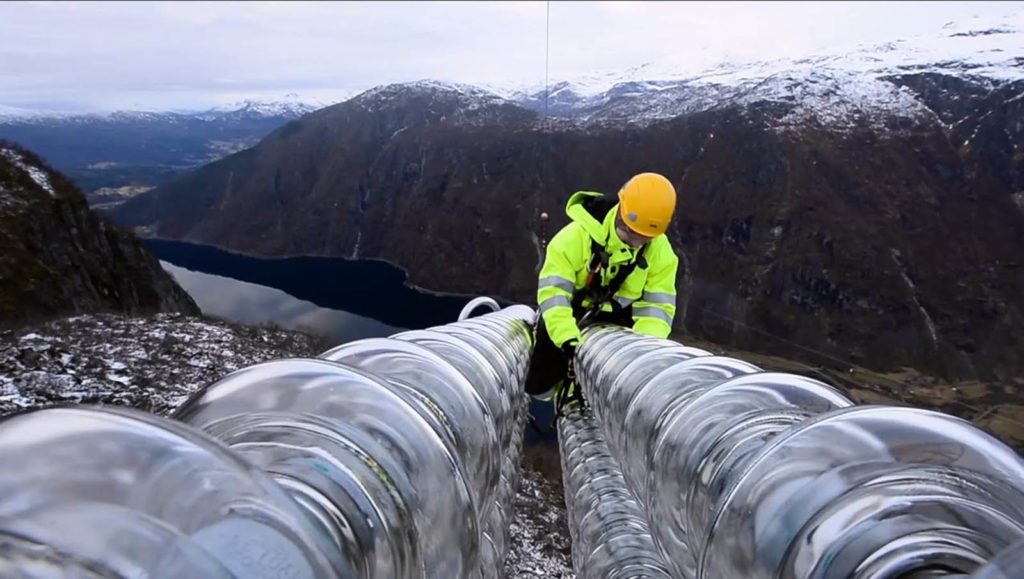Growing interest in using natural “smart” fibers
January 1st, 2019
Since the industrial revolution, textiles have transitioned from natural fibers of cotton, wool, silk and linen to textiles created from petroleum products and reconstituted wood pulp. Today’s synthetic fibers are stronger, cheaper to manufacture, and have proven easily adaptable to a wide range of technical, performance and smart textiles, to the benefit of modern life. […]
Redefining textiles
June 1st, 2018
New materials and manufacturing processes give the word “textile” new meaning. Textile technology is undergoing a revolution, with innovative structures, raw materials and manufacturing platforms creating new fabrics that defy old-school definitions. Introductory textile science classes teach that textiles are materials that can be woven, knit, crocheted, knotted or felted from yarns spun from cellulose, […]
New substrates for smart fabrics
January 1st, 2018
Manufacturers of smart fabrics are looking for new, novel textile substrates. A key takeaway from the Smart Fabrics Program and E-Textiles Workshop at the 2017 IFAI Expo was the symbiotic relationship between smart technologies and the development of suitable textile substrates to facilitate the desired function. While the fashion apparel business has become increasingly commodity-driven, […]
Preventing permastink goes beyond antimicrobial solutions
September 1st, 2017
It’s everywhere and it’s not attractive. Permastink—the unpleasant smell that won’t wash out of textile products—has become a topic of conversation for consumers and brands alike. Polyester and other synthetic fibers are the materials of choice for the active performance and athleisure styles consumers now wear throughout the day. Unfortunately, these synthetic fibers are perceived […]
Wearable electronics technology developers, textile designers and fashion brands join forces to make smarter clothing
July 1st, 2017
Over the past decade, we’ve seen a slow but sure evolution of wearable electronics, including smart textiles, designed primarily to monitor body functions and communicate with the Internet of Things. But a great many of them were not especially wearable, and some never made it out of the lab. The tide, however, seems to be […]
Better chemistry, better products
February 1st, 2017
Sustainability in textile development and manufacturing is an ongoing conversation, much of it revolving around processes that conserve energy, water and natural resources. Beyond manufacturing processes, however, sustainability issues are driving true technical innovation, resulting in new products that offer a host of advantages. Replacing PFCs The search for alternatives to perfluorinated compounds (PFCs) such […]
Safety gear protects workers
July 29th, 2016
Innovative materials help meet multiple safety requirements on the job to protect workers. Protective apparel and safety gear for industrial workers are evolving rapidly as advances in fiber, fabrics and comfort move beyond the traditional focus on fire and flame retardant (FR) materials. Personal protective equipment (PPE) for workers, firefighters and military personnel now includes […]
Getting physical: The other smart textiles
May 1st, 2016
Nonelectronic fabrics can cool, warm and clean themselves—and enhance the health and performance of the wearer. Much attention has been given to textiles that are integrated with electronic sensors and circuitry (e-textiles). But some smart textiles do not rely on electronics. According to Rebeccah Pailes-Friedman, professor and founder of the Pratt Institute Intelligent Materials Applied […]
Safety first
March 1st, 2016
A closer look at environmentally preferred DWR finishes. With the growing emphasis on multiple functionality and comfort in safety apparel, breathable and durable water repellency (DWR) has become an important attribute of most safety clothing and workwear. Uniforms and workwear coated with PVC (polyvinyl chloride) or its greener alternative, polyurethane, successfully repel water, oil, dirt, […]
 TEXTILES.ORG
TEXTILES.ORG





